Buying electrical equipment by Nord Holding
Nord Holding is engaged in buying out old electrical equipment, in accordance with the legal requirements of the Waste Management Law and the Ordinance on Waste Electrical and Electronic Equipment (WEEE).
WEEE is a waste category that includes all types of electronic scrap, including old white goods, brown goods, as well as small electrical appliances used by households.
The activity of Nord Holding includes buying out, storage and subsequent delivery of old equipment for recycling from the relevant enterprises with facilities and installations for recycling old electrical equipment.
What types of electrical equipment does Nord Holding buy out?
We buy a wide range of unusable electrical and electronic equipment.
There is no requirement that electrical and electronic equipment given for recycling shall be in working order or fully assembled.
This includes the following main waste categories:
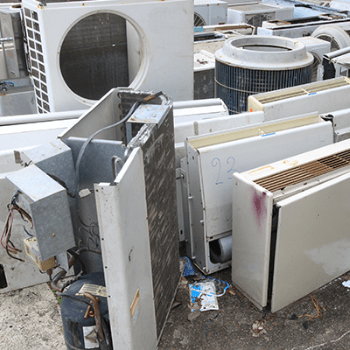
COOLING EQUIPMENT
refrigerators, freezers, air conditioners and other similar;
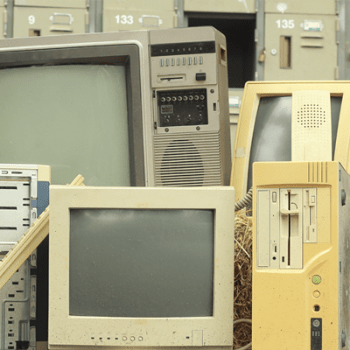
ELECTRONIC EQUIPMENT
computers, monitors, laptops, keyboards, TV sets, radios, smartphones and other electronic gadgets;
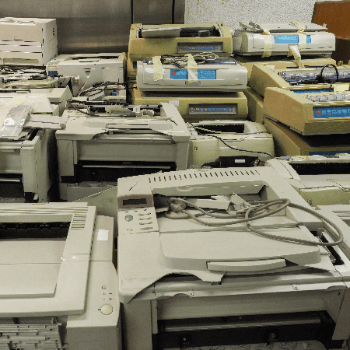
COPIER machines
printers, scanners, multifunction devices, etc.
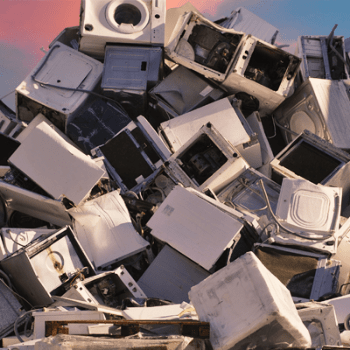
LARGE Domestic APPLIANCES
washing machines, dishwashers, boilers, electric stoves, ovens, convectors, radiator heaters and the like;
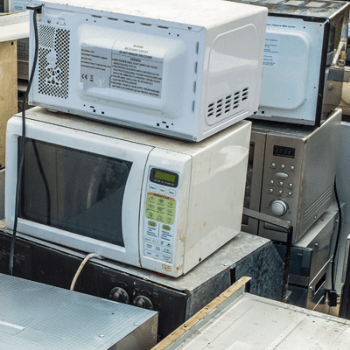
SMALL domestic APPLIANCES
microwave ovens, mixers, coffee machines, toasters, deep fryers and many others used in the life of modern people;
Nord Holding Electrical Equipment Specification
| CODE | TYPE | DESCRIPTION |
|---|---|---|
| 20 | Cooling equipment | Air conditioners, freezers |
| 20 | Electronic equipment | Computers, monitors, laptops, keyboards, TV sets, radios, etc. |
| 20 | Copier and printer machines | Printers, computers, scanners, etc. |
| 20 | Large domestic appliances | Stoves, washing machines, dishwashers, boilers, radiator heaters, etc. |
| 20 | Small domestic appliances | Microwaves, toasters, mixers, deep fryers, etc. |
Where do we have sites for buying out electrical equipment?
Our company has a network of sites for buying out of end-of-life electrical appliances throughout the country.
Our bases are our own and/or those of partners with whom we have established long-term business relationships.
Why should you trust Nord Holding?
Nord Holding is an established market leader in the management of various categories of waste, including WEEE, we have been operating since 1995.
We carry out our activities in accordance with the current regulations – Waste Management Law and Ordinance on WEEE;
We offer the best prices for buying electrical equipment – pricing is based on current market prices for buying electrical and electronic equipment.
We have well established long-term partnerships with enterprises that recycle waste from electrical equipment. This means that we can offer our customers a complete WEEE management service – from buying, through separation of equipment components, to their recycling.
Frequently Asked Questions
Terms and conditions of buying WEEE
There is no requirement that the WEEE submitted for recycling be in working order or fully assembled.
The condition of acceptance is that the equipment subject to subsequent recycling be delivered to our site,
which has the necessary permit for processing this type of waste.
Buying process
When WEEE is delivered to the relevant site, a contract for the purchase of the relevant equipment is prepared, in which the current purchase price is indicated.
Large quantities of WEEE from the seller’s location may be transported from a location of the seller folowing a preliminary evaluation of the waste by a Nord Holding trader and providing the transport service from the respective base is possible.
!
Important information
Most home appliances, computers, tablets, phones, monitors, etc. are composed of heterogeneous materials,
some of which are dangerous and require their separation and qualification for subsequent recycling.
Knowledge of these materials is at the heart of the circular economy, which is entirely dependent on the use
of raw materials from recyclable materials and components.

